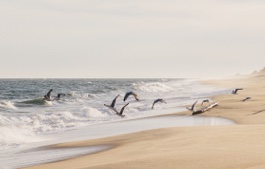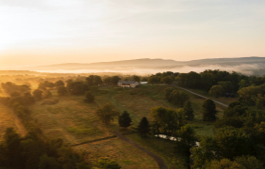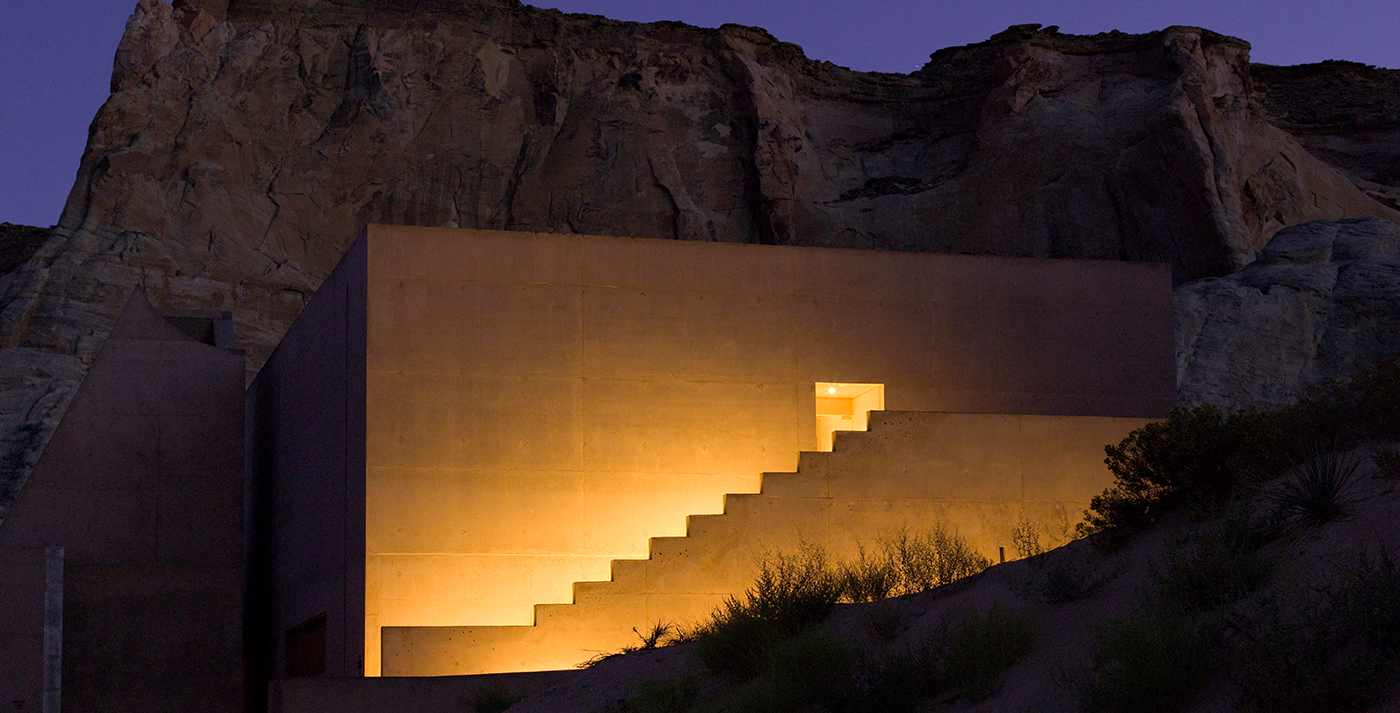
New Yorkers may spend more time looking straight ahead than anyone else in the world. Avoiding collisions in a pedestrian city (and a fairly crowded one) requires an awful lot of attention. It’s clichéd but true: Only tourists gawk at our famous skyscrapers. We residents have way too much to avoid running into right in front of us to consider what’s up above. So whenever I travel to some remote location, I always take a moment to pause, stare straight up, remain absolutely still, and revel in the stars or mountains or trees or whichever natural wonder I find myself under. But I’ve never been as captivated by vastness as I was on a recent visit to the deserts and canyons of the American Southwest. I was so transfixed by the beauty around me that I actually forgot to take note of the peace and solitude of the moment and just stood in awe of my surroundings.
Calling this a new height of escape is an appropriate turn of phrase, since everything in this corner (well, Four Corners, really, as this union of New Mexico, Utah, Arizona and Colorado is dubbed) is about scale. Flying into Page, Arizona, after a brief stop in Denver was like taking a geologic survey. I boarded a 16-seat prop plane with three other passengers, and the pilot and copilot asked us if we wanted to take the scenic route, which, of course, we did. First, we flew out over the majestic Rockies and the Colorado Plateau and made a brief pit stop in Farmington, New Mexico; the run from Denver to Page is so sparsely traveled in winter and early spring, it necessitates a multi-leg trip. Although barren, this tumbleweed corridor, with its dramatic flats, canyons, and mesas dotted with sagebrush, was stunning in the late afternoon sunshine. The magnificent brown, sand, and even pink coloring of the rock layers showcases a geologic timeline that spans eons. Little did I know, the real show had yet to begin. When we flew out of Farmington, the pilot took us on a low-altitude run over Lake Powell, which in late winter was devoid of the usual crowds and boats that flit across the top of the lake like water bugs. As we flew between the towering red rock formations, I could see straight to the bottom of the lake, which was created by the Glen Canyon Dam in 1963. The clear, bright blue water contrasted magnificently with the deep red and orange rocks. I shut off my iPod and drank it all in.
When we arrived at the tiny Page airstrip, I was greeted by a driver from the Amangiri resort in Canyon Point, Utah—my final destination. Amangiri opened in October 2009 after 10 years of planning and development, and it is the second North American venture by the exclusive Aman Resorts, which has properties in Thailand, Morocco, and the Philippines, among other places. Although locations vary widely, the resorts share Aman’s mantra of providing simple luxuries blended harmoniously into a carefully curated list of exceptional settings. Within minutes of my arrival at the resort, I was sipping a hot herbal tea on a daybed in the rear of my pool suite. From there, I looked out over the colors playing across the mesas and rock formations surrounding this little gem, with nary a person, car, or building in sight. The entire resort—restaurant, pool, and 34 bungalowlike suites—hummed in exact accord with the surrounding landscape, creating an impression of elegance and serenity unlike that at other high-end resorts. From the smell of cedar that floated in the air to the sand-colored walls and interiors, the resort seemed more a part of the surrounding environment than an intrusion into it.
And what a setting it is. The land was originally owned by the Bureau of Land Management, and Aman obtained the property by negotiating a swap of the rights to this 600-acre spread for almost double the acreage on a neighboring plot, the single largest land exchange in the bureau’s history. On the grounds, I discovered nature walks, rigorous hikes, horseback rides, and even sheer-faced rock climbs for adventurous types who wish to see the tops of the surrounding mesas. The tours are led by the trained guides that Aman keeps on staff. But for me, after a gourmet dinner (think locally sourced and perfectly grilled meats, fish and vegetables) made in the brick oven that dominates the dining room’s open kitchen and served by the unobtrusive waitstaff, I was off to sleep. I had to get up early the following day and make the two-hour drive to Zion National Park, where I would experience one of the jewels of the federal park system.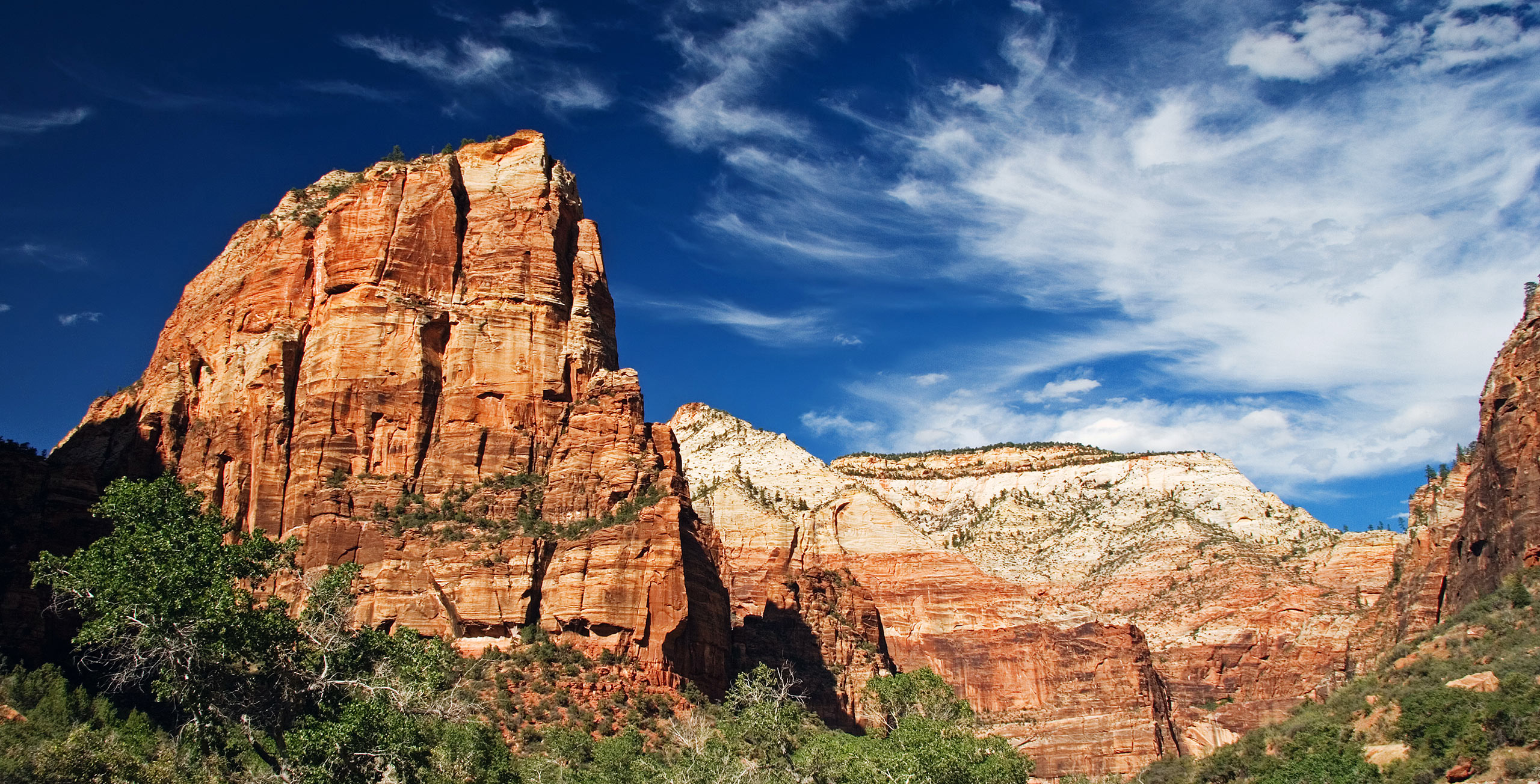
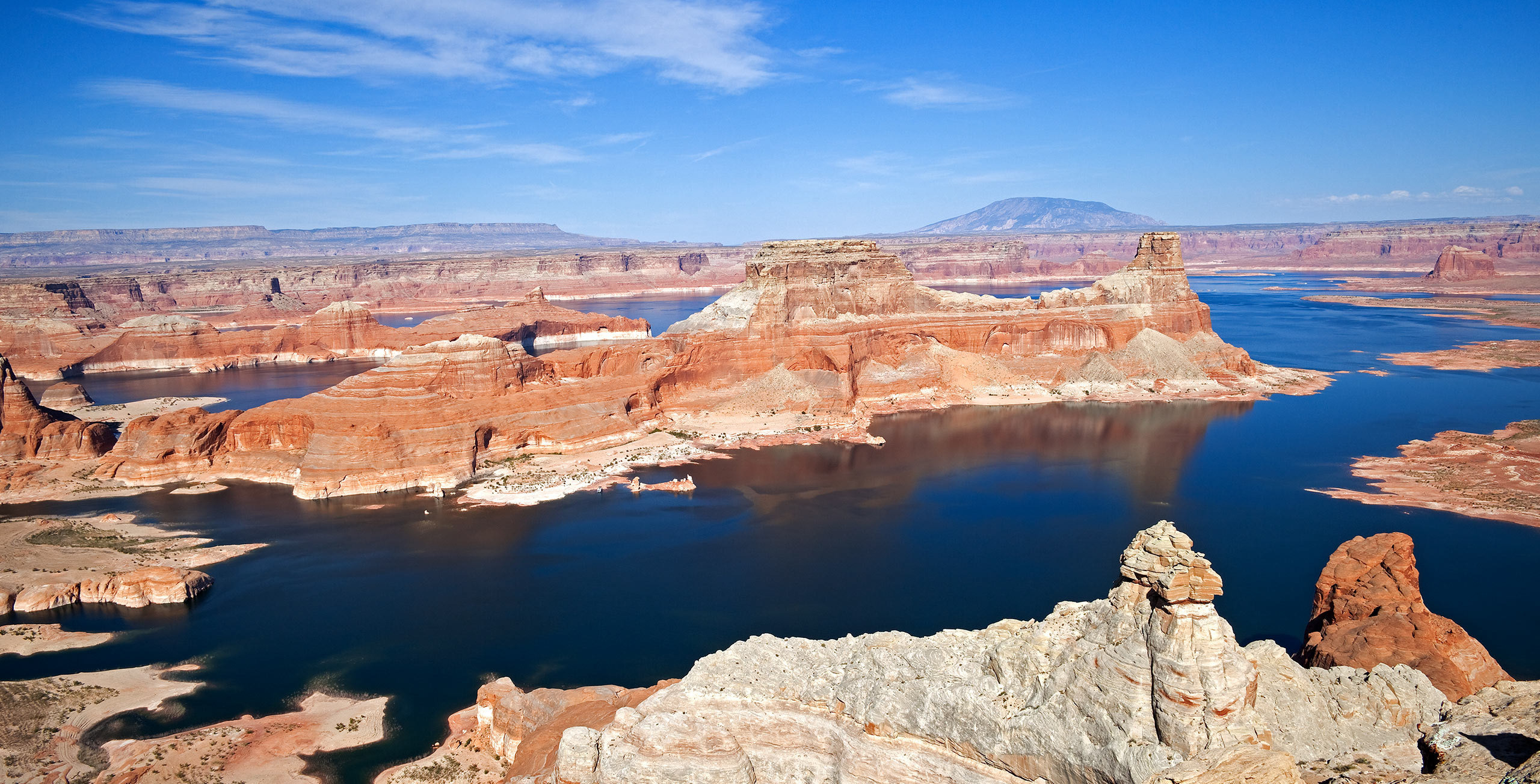
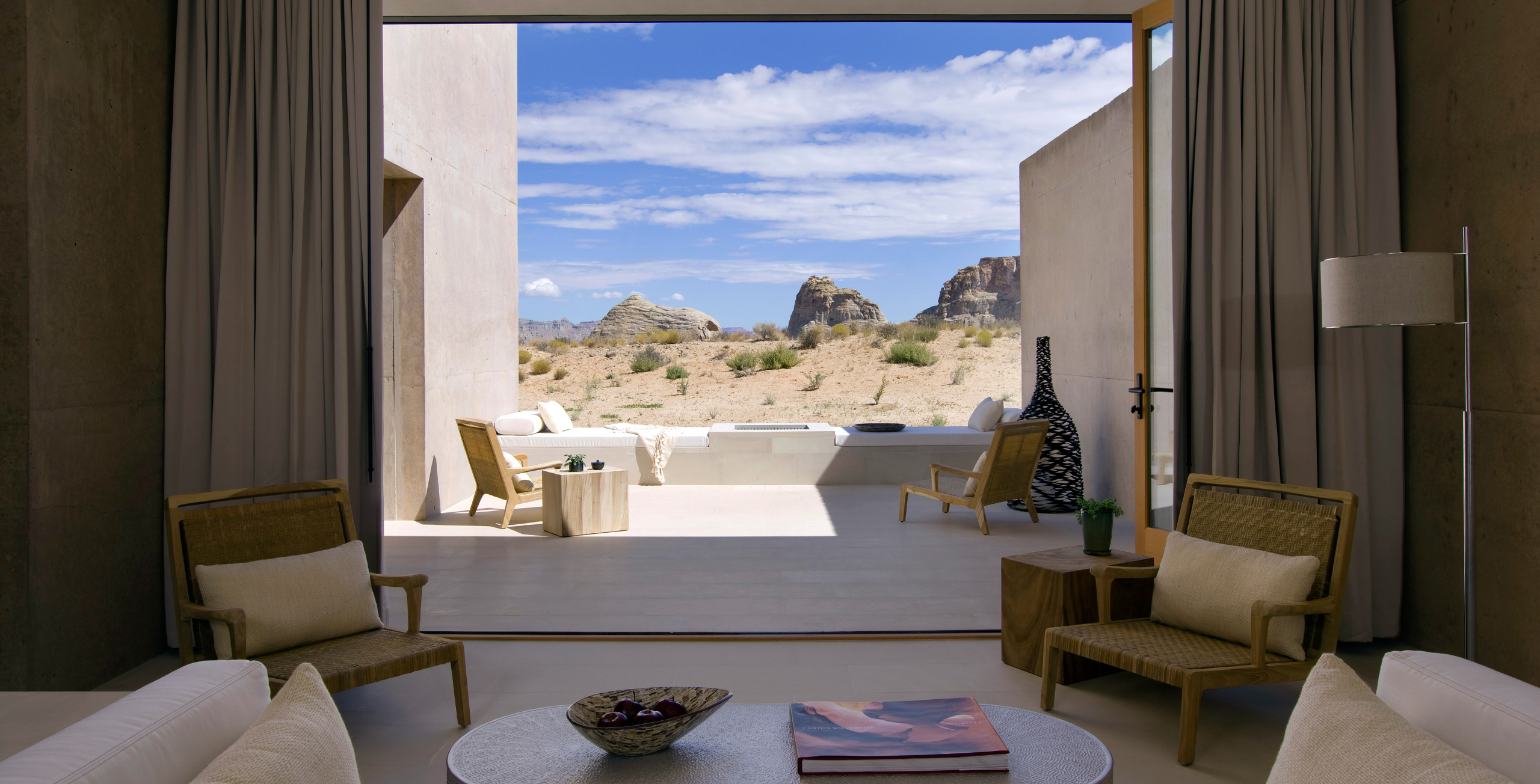
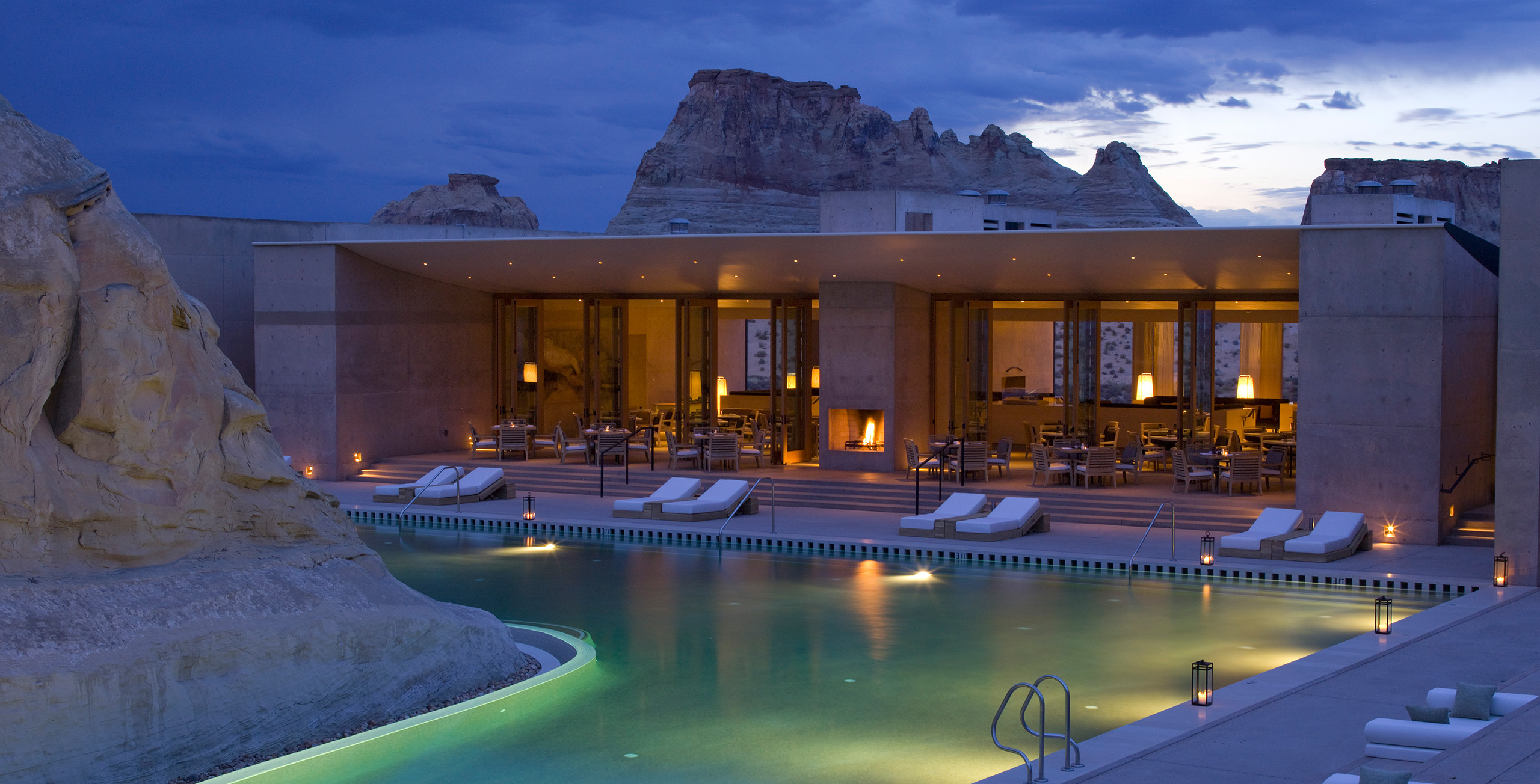
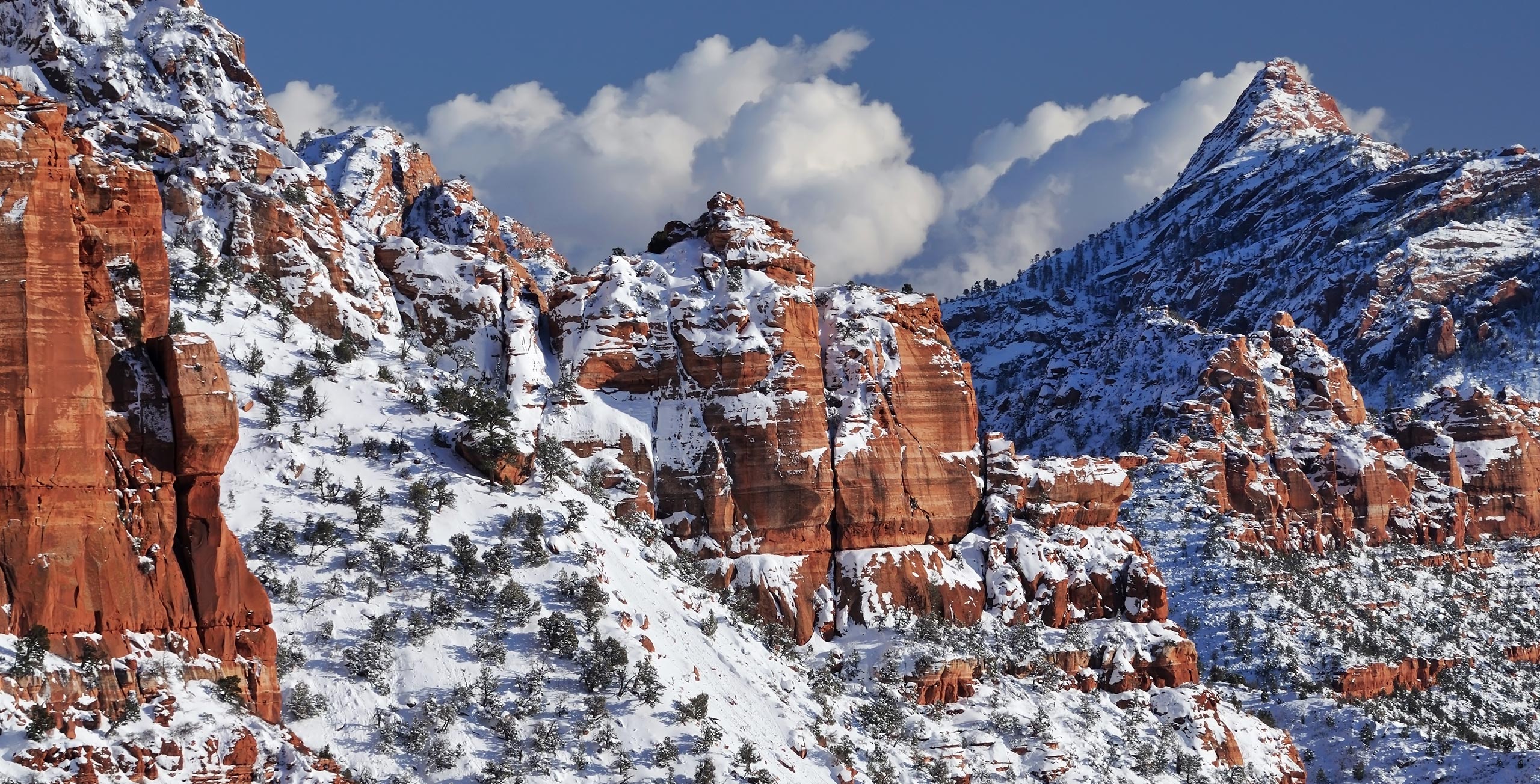
Zion is often overshadowed by its better-known neighbors the Grand Canyon and Monument Valley or by its larger cousins like Yosemite and Yellowstone, but in terms of beauty, it can’t be topped. Established as a national park in 1919, Zion encompasses 229 square miles and is home to soaring cliffs; slot canyons that tower overhead despite being just inches wide in places; four distinct climate zones, from snowy high country to lowland deserts; and rocks that range the full spectrum of the rainbow, from reds to yellows to greens to blues. As Christian Seamans, Amangiri’s head nature guide, and I pulled up to Zion, he was noticeably excited by the lack of a crowd. During the peak summer months, Seamans told me, traffic on the roads that wind through the canyons of Zion is often bumper-to-bumper, and it can take an hour to traverse the park. But we cruised through to our trailhead in just 20 minutes, spotting perhaps two other cars the entire time.
Although annual precipitation in some parts of the park may total only 14 inches, a late snowfall had left shaded portions of our trail covered in an inch or two of powder. In the sun, however, we quickly worked ourselves into a sweat—layering is important here. After two hours of steady climbing, from mossy riverbed terrain through a grove of firs and on up to a high plateau of desert scrub brush, we reached a summit from where we could survey many of the mountains and canyons around us and eat the sandwiches our hosts at Amangiri had packed for us. We talked like old friends as we had our lunch, then kicked back in the sunshine and had a little snooze before clambering back down the mountain. Utterly spent, I was back at the resort by late afternoon and booked myself a well-earned massage in Amangiri’s 25,000-square-foot spa, which specializes in Native American techniques (each treatment begins with a traditional smoke bath).
The American Southwest has always been a destination for adventure travelers with an eye for getting outside, being active, and testing their limits. But with the addition of a resort like Amangiri, luxury has come to stay; this will only heighten your experience of the region. The Aman ethos allowed me to be totally immersed in my surroundings, which gave me an escape not only from the city itself but also from the instinctual trappings that come along with it. The result is the perfect combination of exertion and rejuvenation that we often miss out on in our urban lives. After four days of amazing food, rigorous hikes and climbs, spa treatments, and, perhaps most important, long, silent nights of sleep, I found myself energized in a way I hadn’t felt in a long time. I was ready to head back to New York and readjust my lenses for looking both straight ahead and forward to my next retreat in the desert.- COURTESY OF AMAN RESORTS
- PHOTOGRAPHS BY BRYAN BRAZIL/ANTON FOLTIN
- PHOTOGRAPH BY DEAN PENNALA




